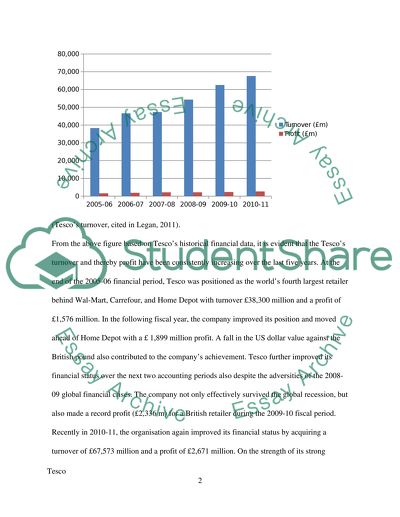Cite this document
(“Tesco: Case Study Essay Example | Topics and Well Written Essays - 2000 words”, n.d.)
Tesco: Case Study Essay Example | Topics and Well Written Essays - 2000 words. Retrieved from https://studentshare.org/finance-accounting/1445001-tesco-case-study
Tesco: Case Study Essay Example | Topics and Well Written Essays - 2000 words. Retrieved from https://studentshare.org/finance-accounting/1445001-tesco-case-study
(Tesco: Case Study Essay Example | Topics and Well Written Essays - 2000 Words)
Tesco: Case Study Essay Example | Topics and Well Written Essays - 2000 Words. https://studentshare.org/finance-accounting/1445001-tesco-case-study.
Tesco: Case Study Essay Example | Topics and Well Written Essays - 2000 Words. https://studentshare.org/finance-accounting/1445001-tesco-case-study.
“Tesco: Case Study Essay Example | Topics and Well Written Essays - 2000 Words”, n.d. https://studentshare.org/finance-accounting/1445001-tesco-case-study.


